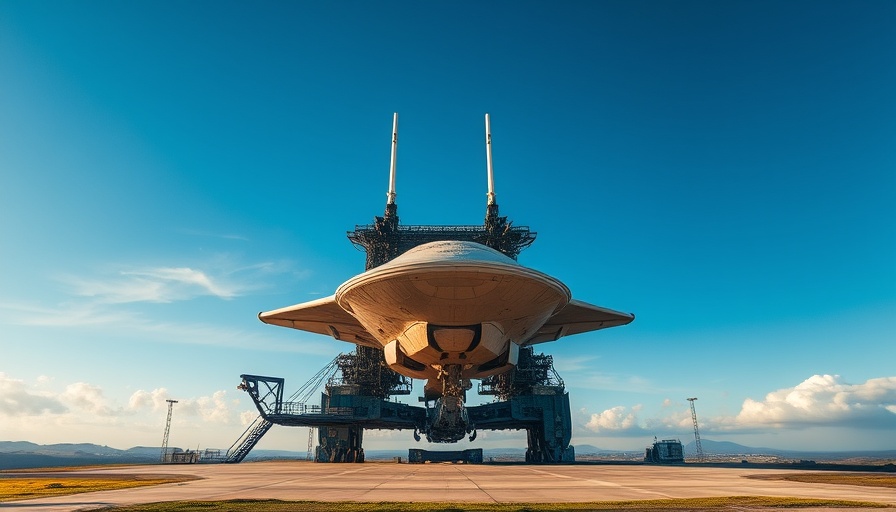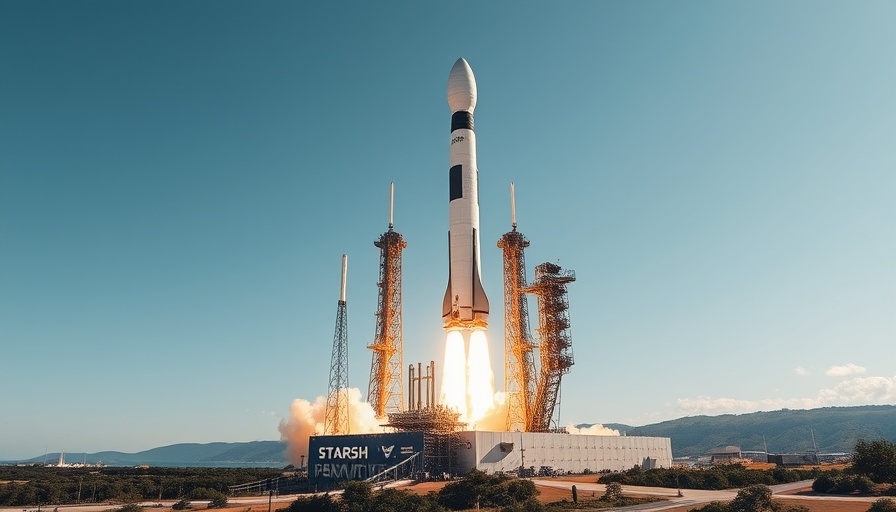
Impacts of Starship Launches on Florida Air Travel
Recently, the Federal Aviation Administration (FAA) has indicated that SpaceX's forthcoming Starship launches from Kennedy Space Center could lead to significant delays for air travel throughout Florida. This projection has raised concerns among both passengers and aviation operators, as the potential for delays reaches up to two hours.
Understanding Aircraft Hazard Areas (AHAs)
As Starship takes off and lands, its trajectory will create Aircraft Hazard Areas (AHAs), which are designated zones established to protect commercial flights from interference caused by space launches. The FAA’s draft environmental impact statement highlights that these areas could overlap vital air routes, including above the Atlantic and Gulf of Mexico, potentially disrupting numerous flights.
The Ripple Effect of Delays
Airports such as Orlando International, Miami International, Tampa International, and Fort Lauderdale/Hollywood International are expected to experience ground stops and reroutes. Given the volume of air traffic in these regions, delays could ripple out, affecting not just local flights, but also connections to national and international destinations. The FAA's report suggests average flight delays may range from 40 minutes to an hour for reentry phases, creating a layered impact on airline schedules and passenger travel plans.
Communications Gaps
As delays loom due to Starship’s operations, questions have arisen about operational readiness among Florida airports. For instance, representatives from Tampa International Airport noted a lack of briefings or procedural planning discussions with the FAA or SpaceX, indicating potential preparedness issues as launch dates approach. This heightened uncertainty could lead to chaotic travel conditions as timelines for launches remain fluid and unpredictable.
Balancing Innovation and Disruption
The increasing frequency of space endeavors reflects a broader trend in both technology and transportation sectors, where innovation often conflicts with existing infrastructure. In this case, SpaceX's ambition to stretch the boundaries of space travel comes at a potential cost to everyday travelers in Florida, illustrating the complicated relationship between groundbreaking technology and the established norms of commercial aviation.
Future Predictions and Opportunities
While the immediate outlook may seem precarious for travelers navigating potential delays, there are long-term opportunities associated with these advances in aerospace technology. As solutions arise, including possible coordination between space and air traffic agencies, we may see innovative approaches to how airspace is managed. Lessons learned from Starship launches could inform future developments, creating systems that allow for the coexistence of commercial air travel and increasing space activities.
Communicating with Passengers
For travelers in Florida, staying informed will be paramount as planning becomes increasingly intricate amid these evolving launch schedules. Airports and airlines need to enhance communication efforts with passengers, providing real-time updates on delays and proactive solutions to mitigate disruption. Moreover, understanding the expected impacts of Starship launches can allow passengers to adjust their travel plans accordingly.
The intersection of space exploration and commercial air travel demonstrates the agility required by both sectors to adapt. With the future of transportation evolving, it’s crucial for every stakeholder to remain informed and engaged in dialogue around these changes.
 Add Row
Add Row  Add
Add 



Write A Comment